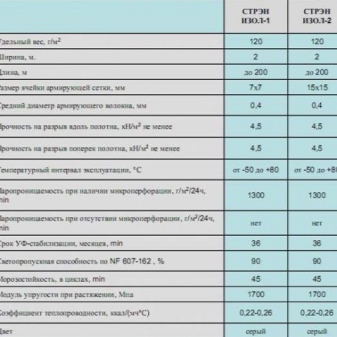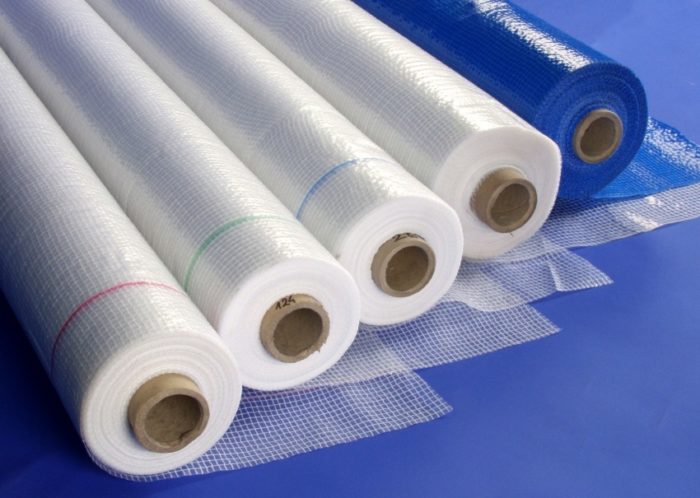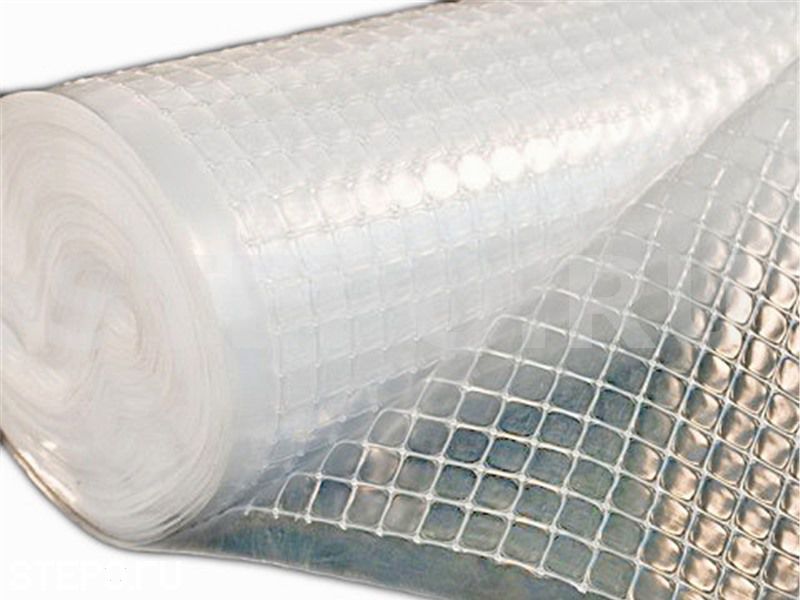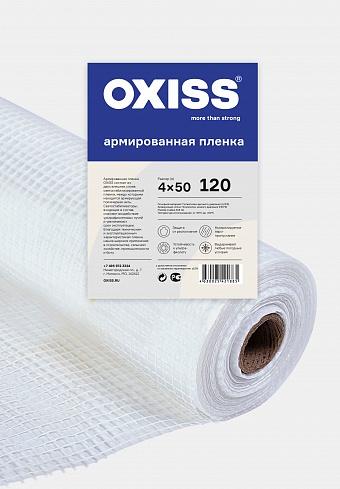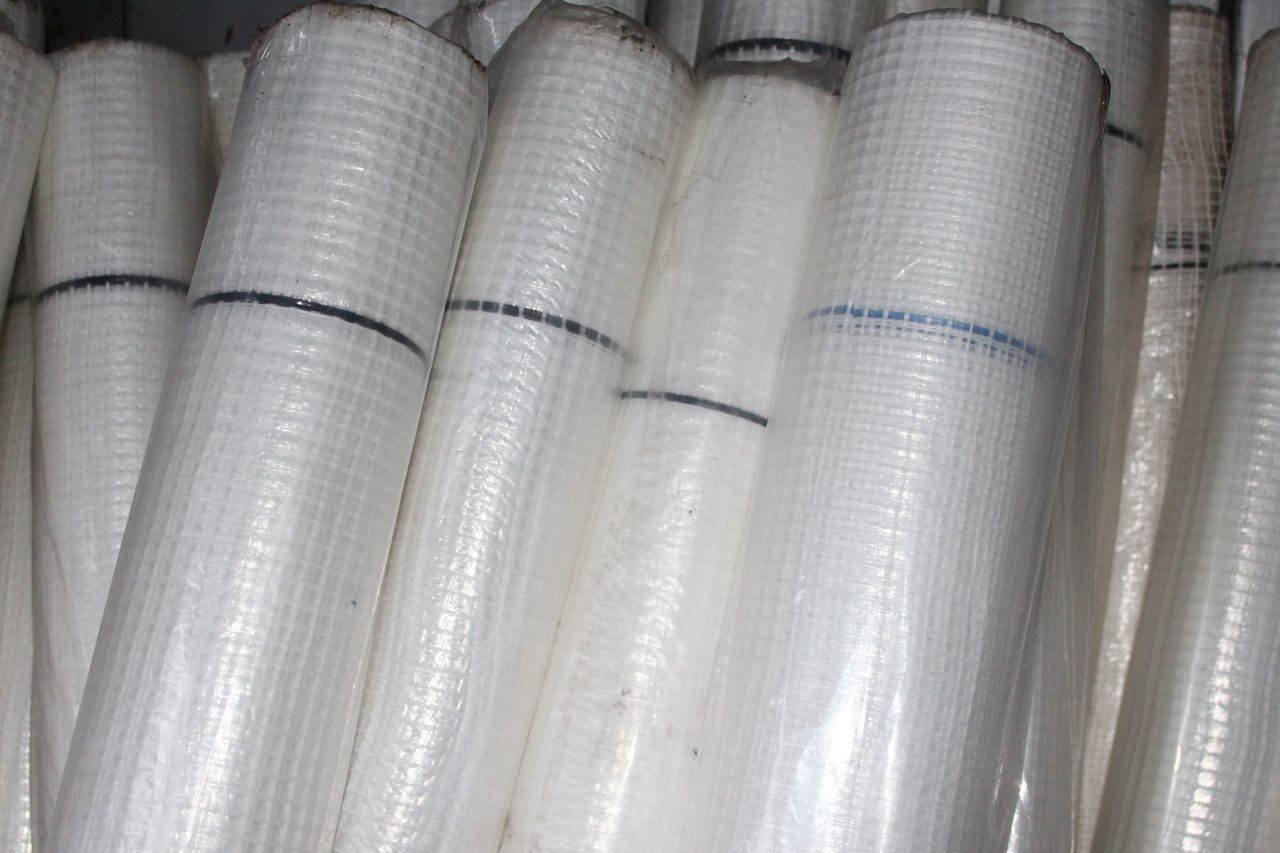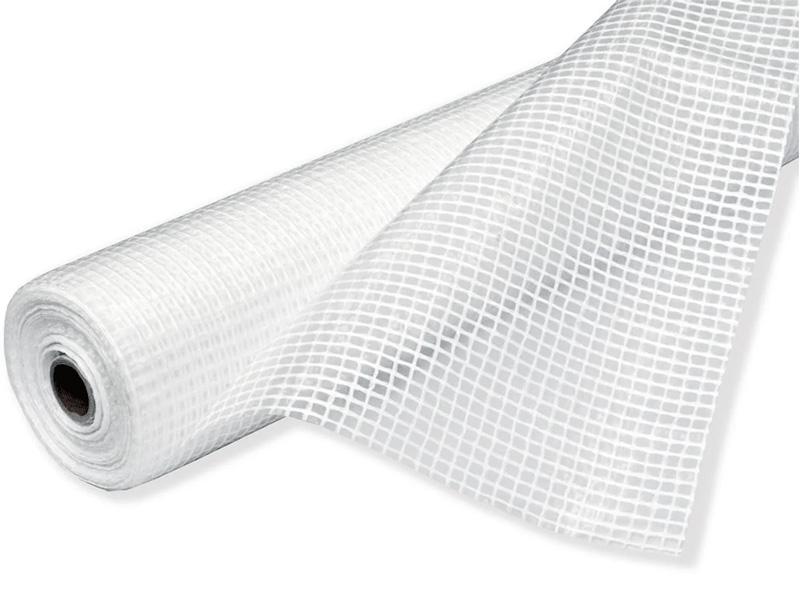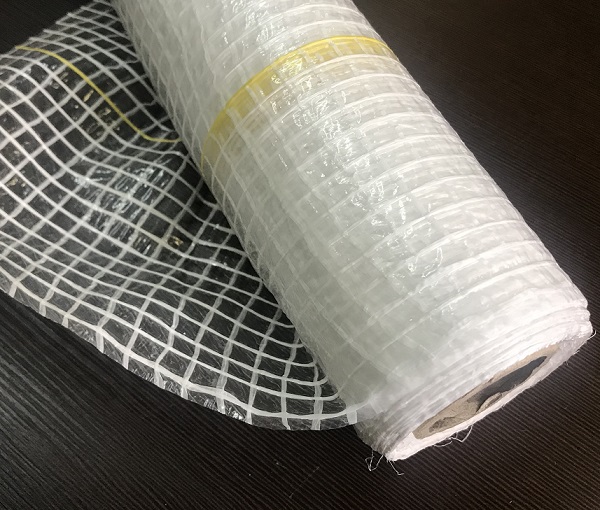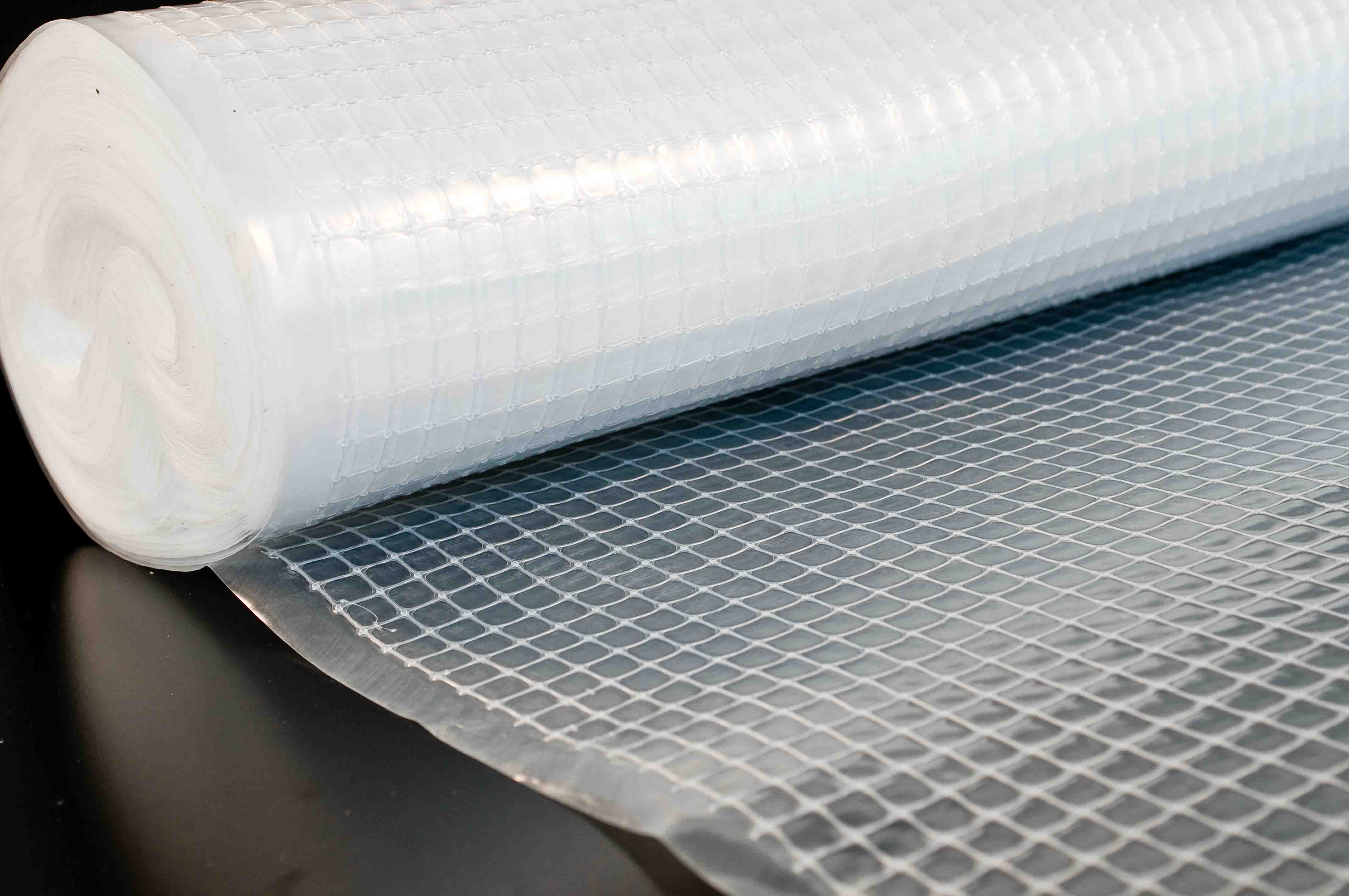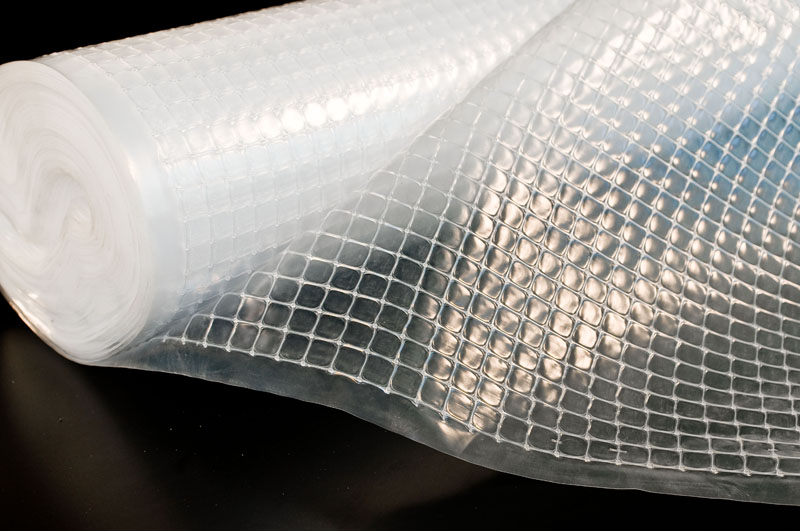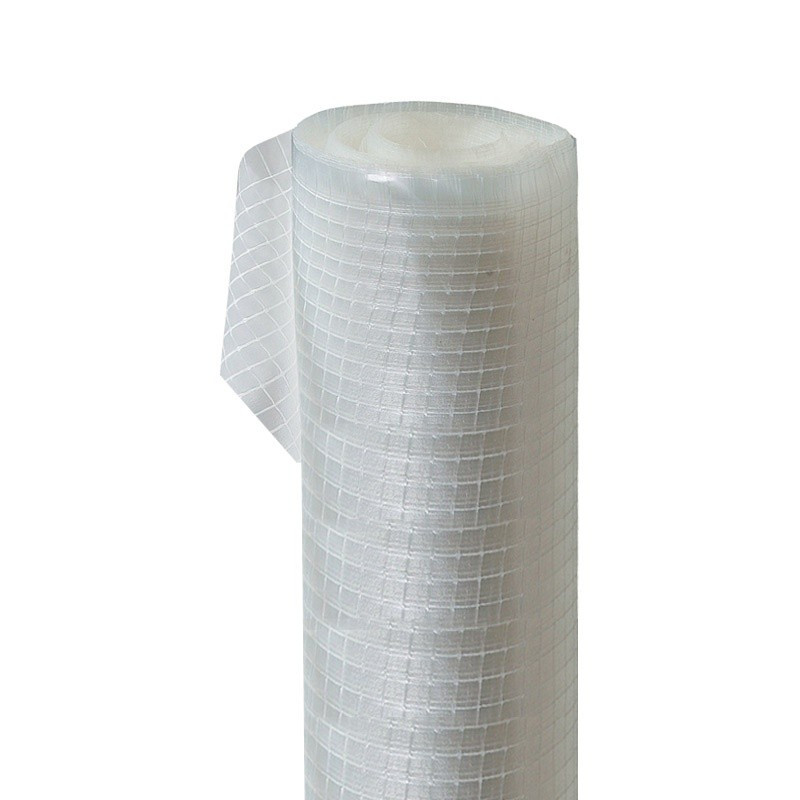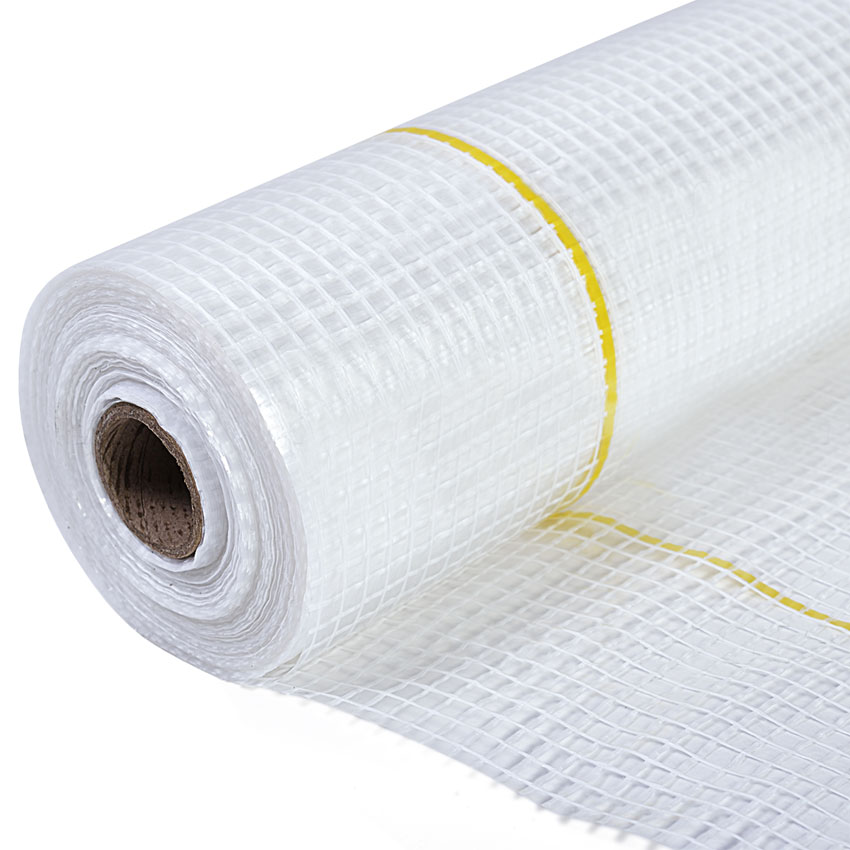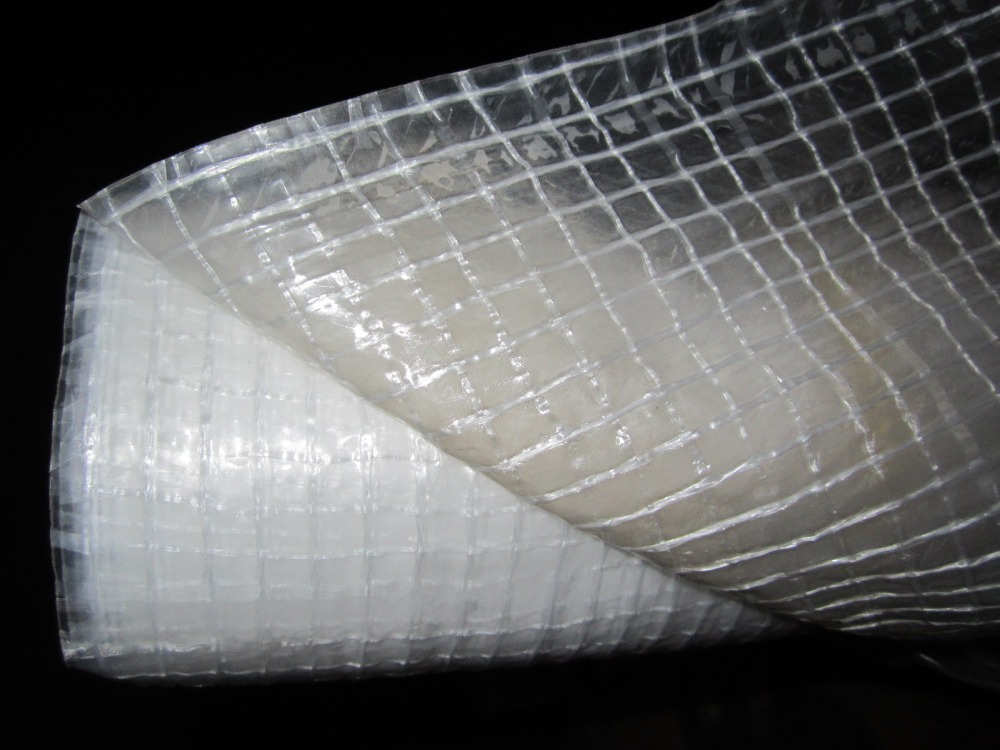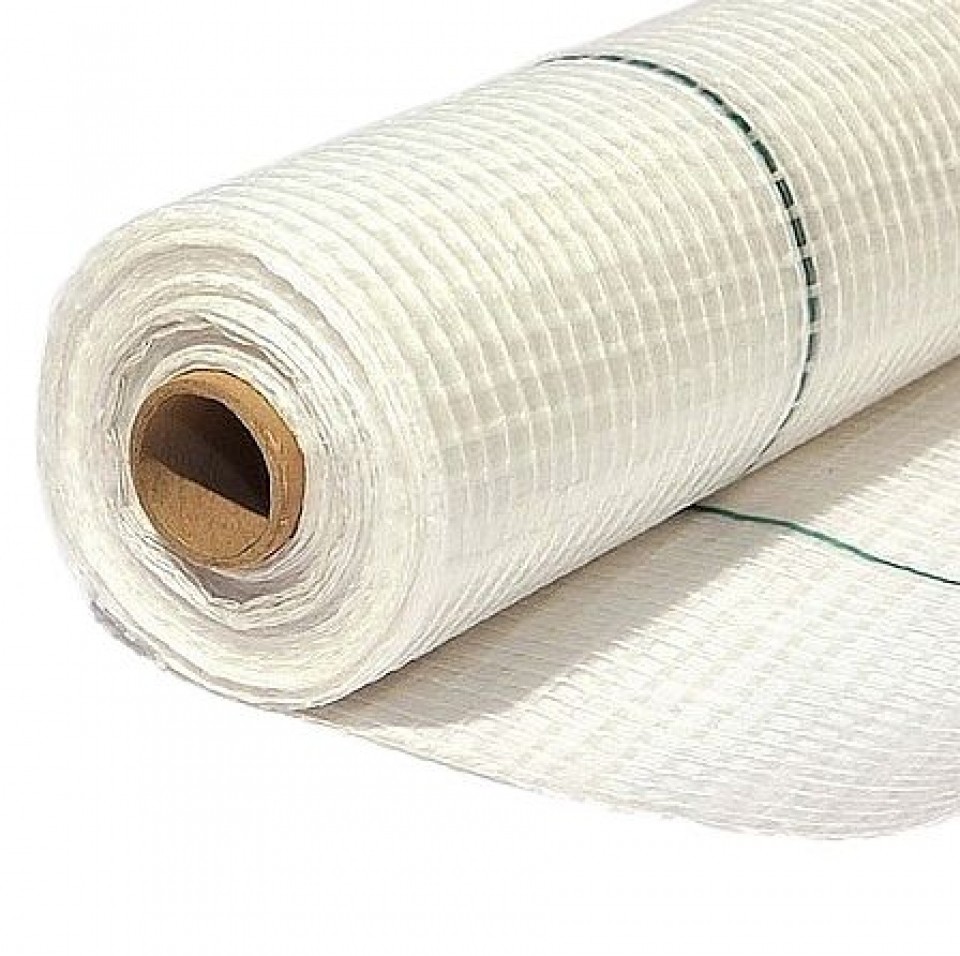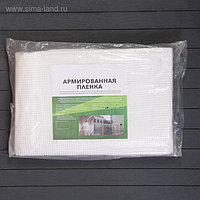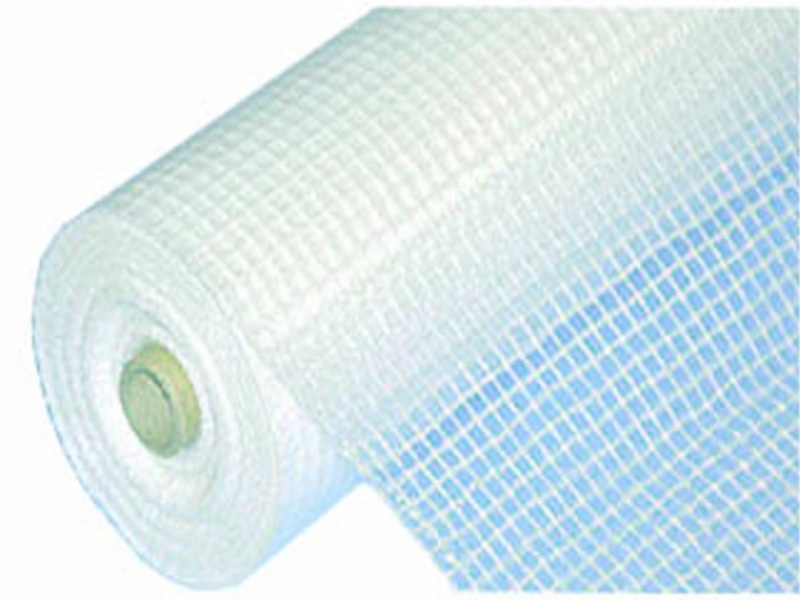Advantages and disadvantages
The material has significant advantages compared to other types of polymers. Main advantages:
high light transmission, which is especially important when arranging greenhouses and greenhouses;
mechanical strength and durability (depending on the loads and intensity of operation, the product will last from 3 to 6 years);
good hydro and vapor barrier properties;
lack of deformation;
resistance to sunlight;
resistance to temperature extremes, due to which this polymer can be used regardless of climatic conditions;
easy installation due to elasticity and low weight (a roll of 200 MKM 4x25 m weighs about 20 kg).
Reinforced polyethylene does not delaminate under intense loads, which cannot be said about PVC. It is safe for health, as it does not contain toxic components. With its help, it is possible to create an ideal microclimate for plants inside the greenhouse. Webs of the material can be joined using tape or by soldering. The disadvantages of reinforced material include its high cost and weaker strength compared to glass.
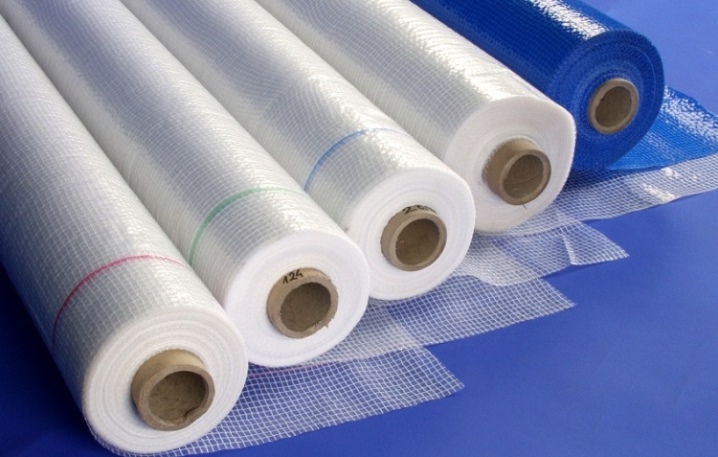
Main characteristics
Reinforced polyethylene film GOST 10354-82 is supplied in rolls with a width of 2, 3, 4 and 6 meters. The length of the roll is 12, 25 or 50 m. But with an individual order, the dimensions can be increased.
Main technical characteristics of the material:
- thickness 90, 100, 120, 140, 180, 200 or 400 microns (microns);
- operating temperature - from –40 to +90 degrees;
- light transmission capacity - not less than 80%;
- density - from 120 to 200 g per sq. m;
- resistance to wind load - up to 30 m / s;
- transverse tensile strength - up to 450 N.
The film coating is available in different mesh sizes. This indicator varies from 8x8 to 20x20 mm.

